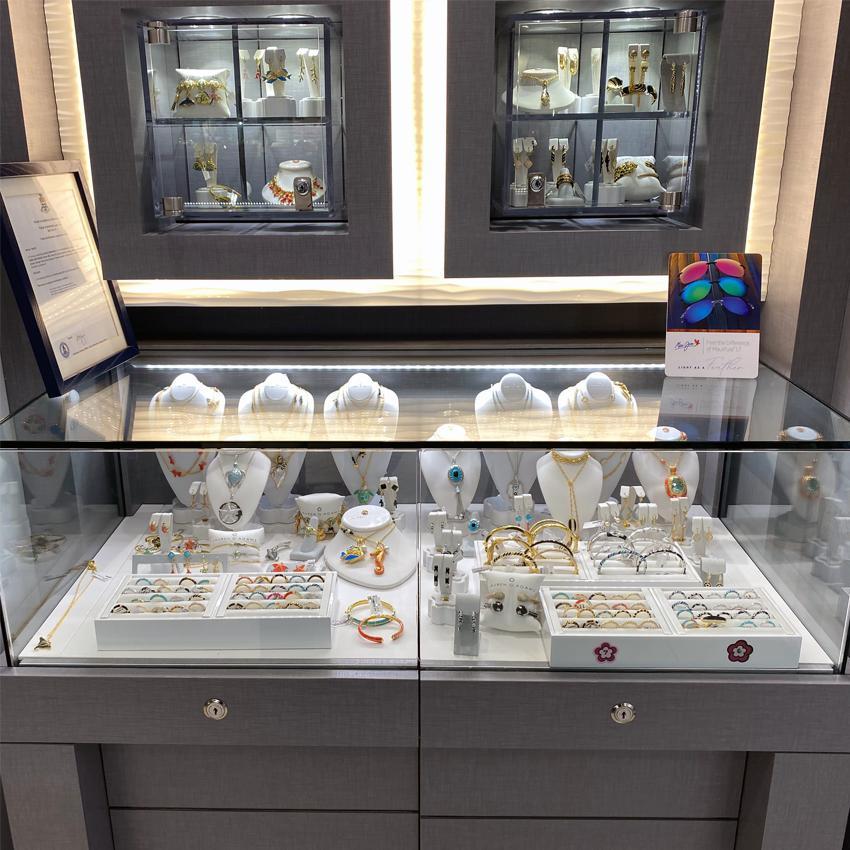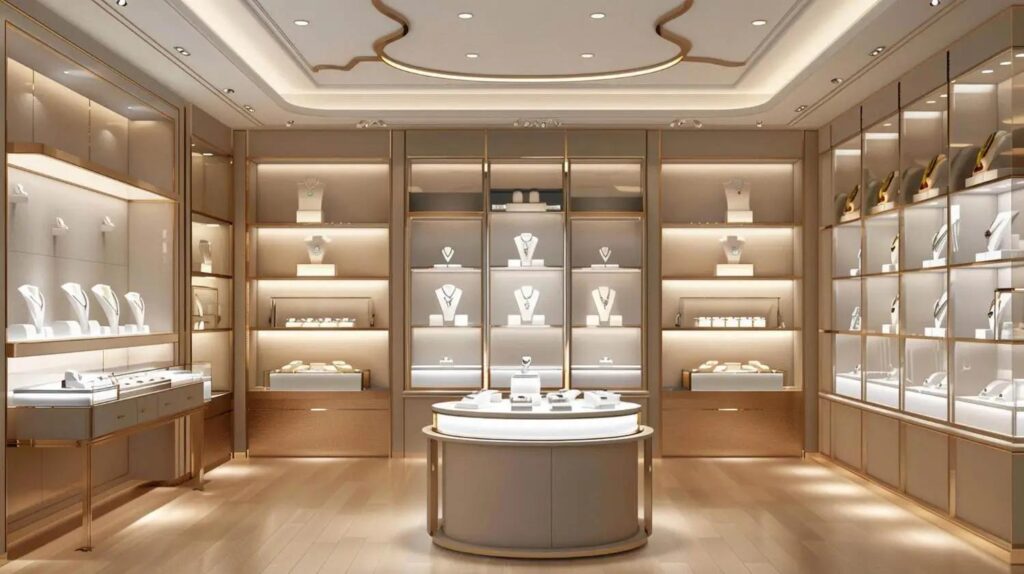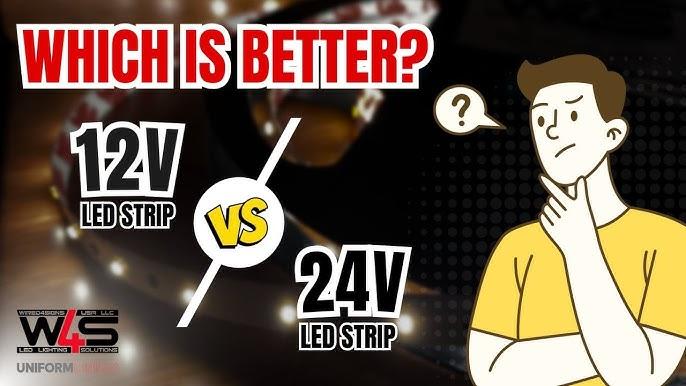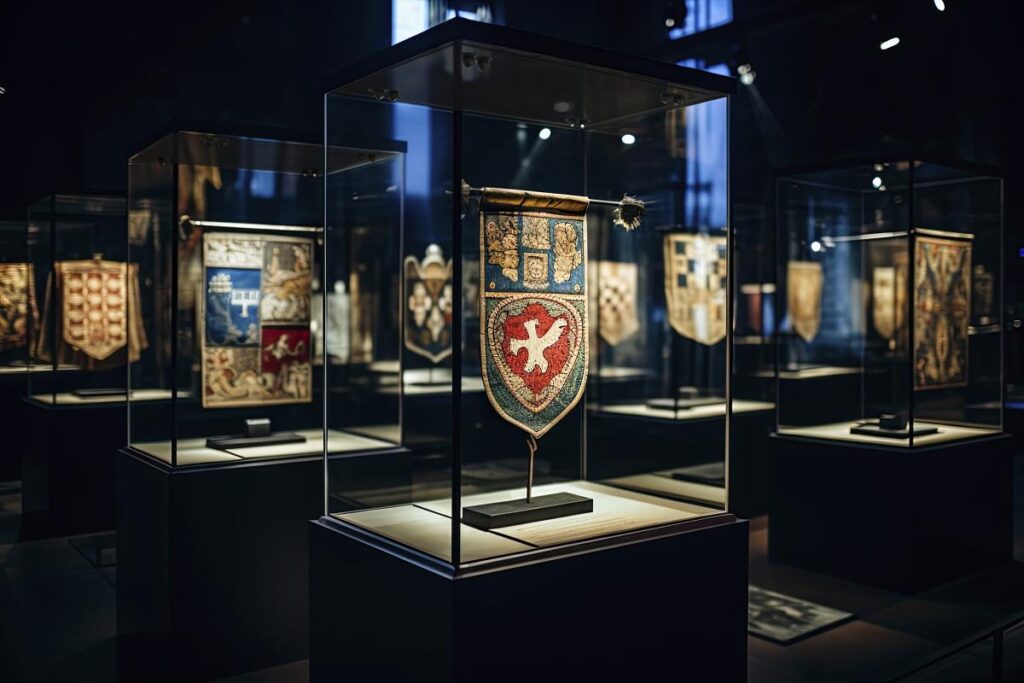Introduction
Display cabinets are not just storage solutions; they are stages that highlight exhibits and valuable items. The lighting inside these cabinets is important. It makes the display look better and grabs attention. If you are displaying fine art, jewelry, or collectibles, lighting matters. How you install it can change the way people see your items.
Top Installation
Top installation is one of the most straightforward and commonly adopted methods in display lighting. This method places the light source above the cabinet. It shines the light downward for better visibility.
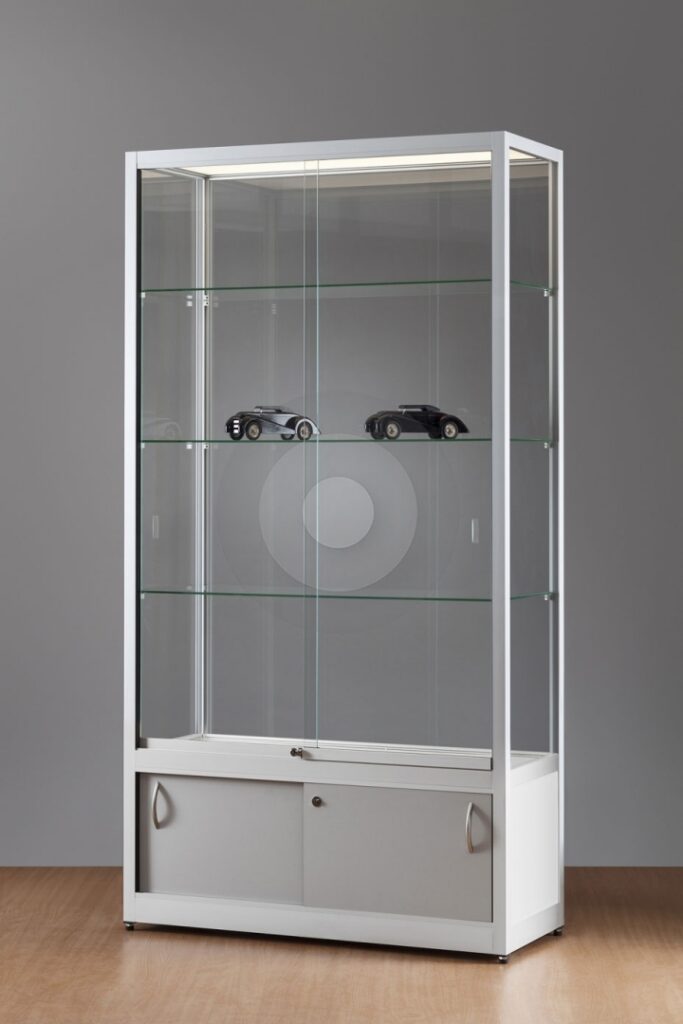
Characteristics:
- It spreads light evenly across the display. This ensures a bright and clear view.
- It reduces deep shadows. This makes sure each exhibit is well-lit.
Suitable Fixtures:
- Ceiling-mounted fixtures provide overhead lighting. Recessed lights are also installed at the top.
- This approach works well with LED showcase lighting. It provides steady brightness and saves energy.
Advantages:
- It is easy to install and maintain. Its position makes access simple.
- Delivers a uniform light spread that highlights overall exhibit features without overwhelming the subject.
- Ideal for displays where overhead space is abundant.
Disadvantages:
- May result in a lack of focus on smaller details.
- Can sometimes cause unwanted reflections on glossy surfaces.
Top installation works best when your goal is to create a well-distributed, ambient light that gently enhances the entire display. Manufacturers have improved fixture designs to counteract glare, ensuring the artifacts are presented in the best light possible.
Side Installation
Side installation involves placing the lighting fixtures on the sides of the display cabinet. This method adds a new touch to the lighting effect. It creates layers and depth, making it more dynamic.
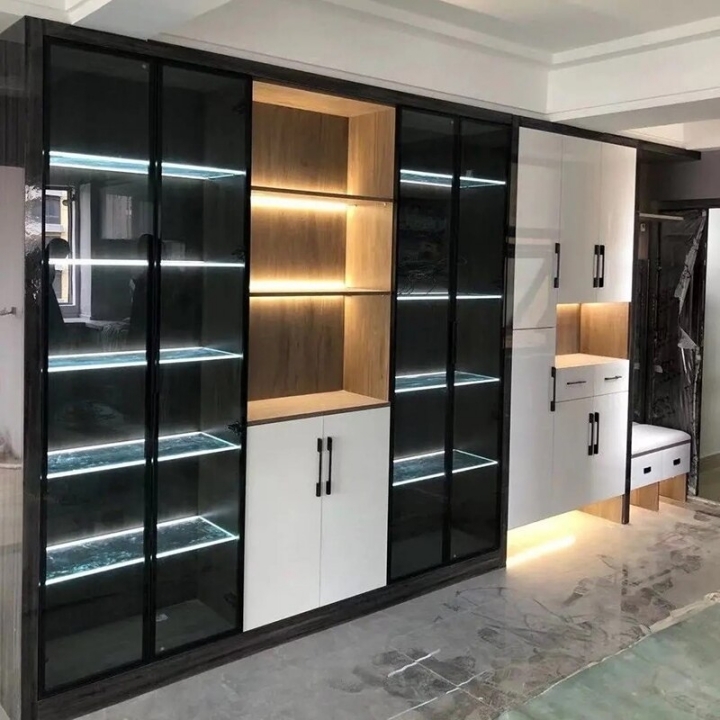
Characteristics:
- It provides focused lighting. This helps highlight textures and shapes.
- It creates a dynamic visual effect. This helps highlight the three-dimensional details of the exhibits.
Suitable Fixtures:
- Wall-mounted or cabinet-side lights.
- Often paired with fixtures such as Jewelry showcase lighting that is designed to create striking contrasts.
Advantages:
- Enhances the dimensionality of the display by providing side accents.
- It works well for showing small details. It also brings out layers in exhibits.
- It can be adjusted to highlight certain parts of the display. This allows for creative lighting effects.
Disadvantages:
- Light doesn’t always spread evenly. It needs careful adjustment to prevent harsh shadows.
- Installation might be more complex due to limited side space.
Side installation is especially beneficial for displays where highlighting the depth and detail is paramount. It is a favored method in high-end retail environments and galleries where visual impact is key.
Recessed Installation
Recessed installation creates a smooth, built-in look. In this method, the fixtures go inside the cabinet’s structure. This creates a smooth and simple look.
Characteristics:
- The fixtures are built into the cabinet. This makes them almost impossible to see.
- It creates a modern look that feels sleek and clean. The focus stays on the exhibits, not the lighting hardware.
Suitable Fixtures:
- Low-profile LED fixtures are a great choice. LED jewelry lighting systems offer focused light while keeping a stylish design.
- Options that allow for directional adjustment are preferred.
Advantages:
- Clean lines make the design look better. A clutter-free look adds to its appeal.
- Protects the fixtures from dust and damage.
- It spreads light in a soft but effective way. You can adjust it to fit different display needs.
Disadvantages:
- The installation process is more complicated. You may need a professional to do it right.
- Maintenance can be difficult. Reaching the fixtures is not always easy.
Recessed installation works well for premium displays. It keeps the focus on the art or product itself. The integration keeps the lighting subtle. It still makes the presentation look better.
Suspended Installation
Suspended installation introduces lighting fixtures that hang above the display cabinet. This approach is common in places that need bold lighting. It helps create dramatic effects.
Characteristics:
- Fixtures hang from above and create a focal point. This helps draw attention to the display.
- It is often used to add drama and elegance. It makes things look more sophisticated.
Suitable Fixtures:
- Pendants or chandeliers designed for display purposes.
- Fixtures that are optimized for Mini LED pole lighting can be an excellent choice in modern setups.
Advantages:
- It creates a bold visual effect. This helps enhance the exhibit.
- It gives you more control over the light’s direction. You can also adjust its intensity as needed.
- Since the fixture hangs from above, it’s easy to adjust. You can change the lighting focus whenever needed.
Disadvantages:
- It needs plenty of vertical space. This makes it a poor choice for low ceilings.
- Suspended fixtures collect more dust over time. They may need to be cleaned often.
Suspended installation works well in many spaces. It adds both function and artistic style. The way light and shadow interact can be stunning. It adds depth and makes the display more appealing.
Magnetic Track System
A magnetic track system is a modern way to light displays. It is also very versatile. It has a track-mounted system. This makes it easy to move light fixtures along a magnetic path.
Characteristics:
- It allows you to arrange lights in different ways. You can also adjust them as needed.
- Fixtures can be moved with ease. This helps fit different display layouts and exhibit sizes.
- This system works well for dynamic displays. It is perfect when adaptability is important.

Suitable Fixtures:
- Magnetic showcase track lighting systems are easy to use. Options like Mini magnetic showcase track lighting are available. Magnetic showcase track pole lighting also fits the magnetic track design perfectly.
- These systems work well with different types of lighting. They support both LED and traditional sources.
Advantages:
- Customizable and adaptable, making it easy to highlight different parts of the display as needed.
- Simplifies the process of reconfiguring the display setup without major installation work.
- It has a sleek, modern look. This makes it a great match for contemporary exhibit designs.
Disadvantages:
- The initial setup might cost more. It can be pricier than traditional methods.
- The magnetic system needs precise calibration. This prevents misalignment and keeps it stable.
The magnetic track system is becoming a popular choice. Its flexibility and modern look make it great for displays. If you’re changing a jewelry display or updating a gallery, this method works well. It provides a strong and reliable solution. Magnetic track light systems improve both function and style. This makes them a great choice for elegant displays.
Impact of Installation Methods on Display Effects
Each lighting installation method affects the display in distinct ways. Here are some key impacts:
- Uniformity and Layering:
The right installation method is important. It helps spread light evenly across the display. Top installations spread light evenly across the exhibit. Side and recessed lighting add depth and layers. - Reflection and Glare:
The way the light is angled and placed matters. It helps reduce reflections and glare. LED showcase lighting helps control these problems. It uses precise beam angles and diffusers to do this. - Emphasis on Exhibit Details:
Focused lighting from the side or recessed fixtures adds depth. It highlights small details in products like fine jewelry. Jewelry showcase lighting and LED jewelry lighting are designed for a special purpose. They make jewelry sparkle and highlight every detail. - Flexibility:
Modern systems make it easy to adjust lighting. The magnetic track system is especially flexible. It changes as the display shift. This flexibility is important for venues with changing exhibits. It helps when displays are updated often.
Each method has its strengths. Using them well makes displays look beautiful. It also creates a special mood in the space.
Conclusion
In short, picking the right installation method is important. It helps make display lighting work its best. Think about what your display needs. Look at the unique benefits of each option. Choose the system—top, side, recessed, suspended, or a magnetic track—that makes your exhibit stand out.
External Links:


